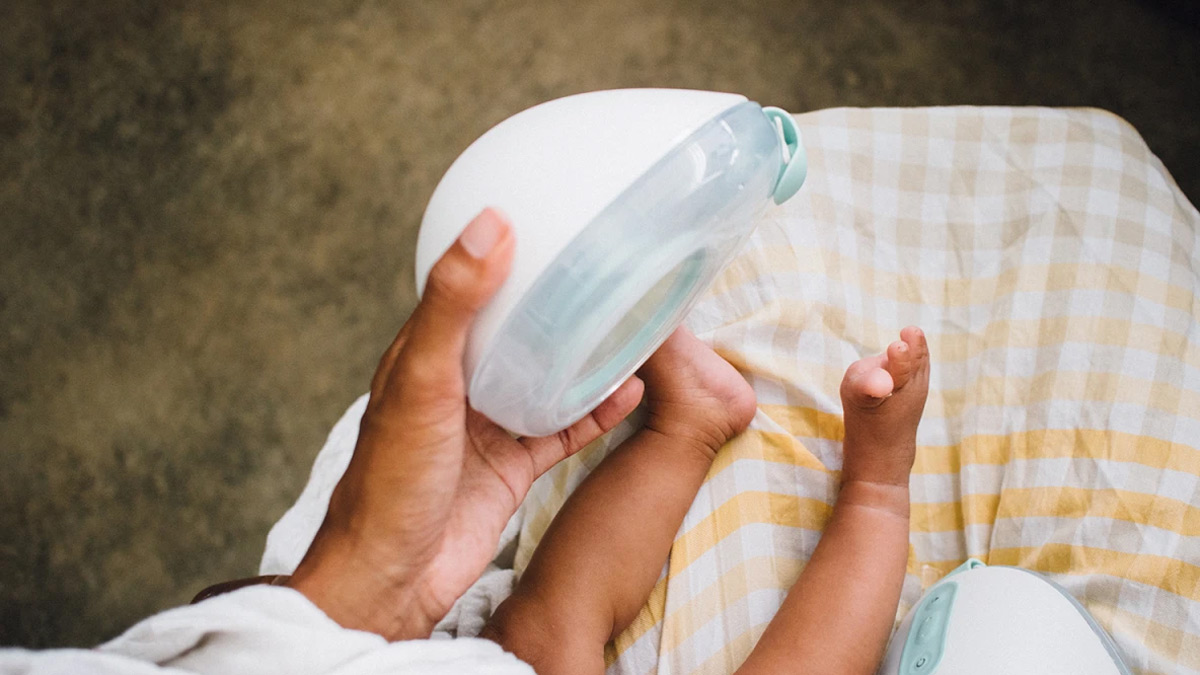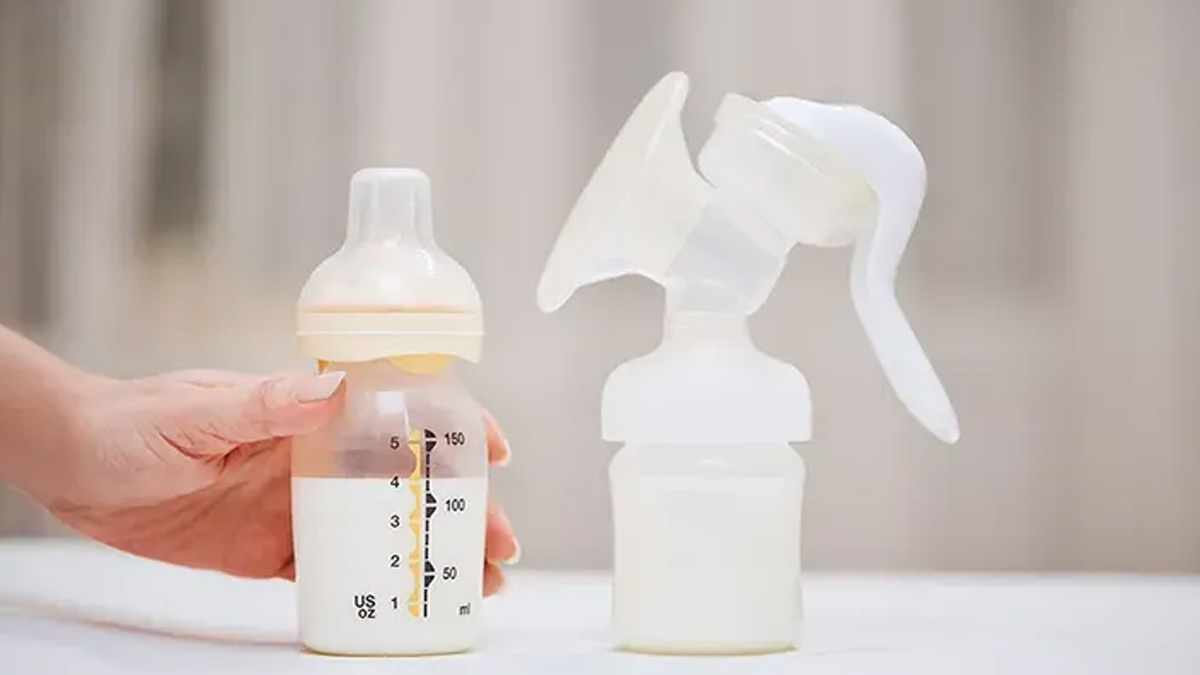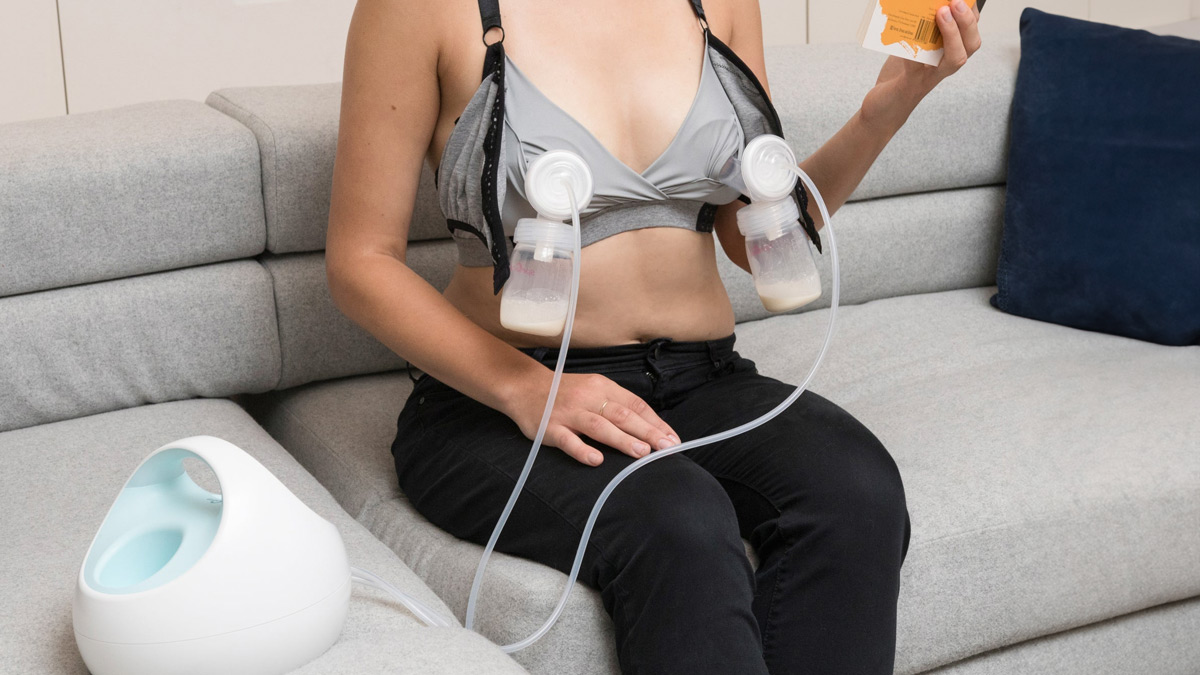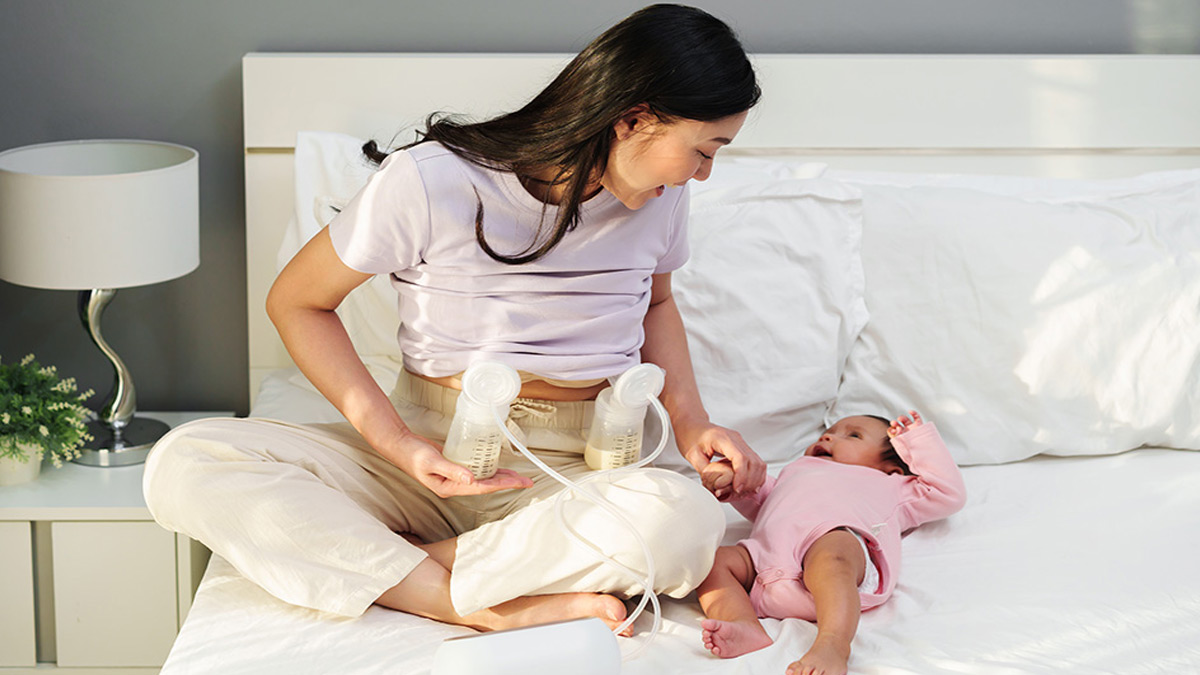-1759899703148.webp)
Breastfeeding and milk pumping can be wonderful journeys, but they sometimes come with unexpected challenges. Many moms notice that their nipples feel bigger, sore, or swollen after using a breast pump and naturally worry about what’s going on. It can be a little worrying to see your nipples look stretched or sore, but most of the time, it’s completely normal and temporary. However, as Dr Nidhi Aggarwal, Principal Consultant, Department of Obstetrics and Gynaecology, Cloudnine Group of Hospitals, Patparganj, explains, sometimes the problem lies in how the pump is used and it can be easily corrected.
Table of Content:-
What Should Nipples Look Like After Pumping![nipples after pumping 1 - 2025-10-08T102941.593]()
“After pumping, nipples can appear slightly swollen or longer than usual, which is normal,” says Dr Aggarwal. “The suction from the breast pump pulls the nipple forward to extract milk, so a temporary change in shape is expected. However, the swelling should go down within an hour.”
She adds that issues arise when mothers use the wrong flange size, the part of the pump that fits over the nipple. “If the flange is too small, it can squeeze the nipple and cause pain or swelling. If it’s too large, the areola may get pulled in too much, which can lead to soreness or tissue strain,” Dr Aggarwal explains.
Here are a few quick checks to ensure your flange fits well:
- The nipple moves freely in the tunnel without rubbing against the sides.
- Only a small part of the areola is drawn in, not the whole thing.
- You don’t feel pinching or pain during suction.
ALSO READ: How Breast Size Changes After Delivery? Expert Shares What New Moms Need to Know
Before and After Pumping: Small Steps That Help![before and after pumping 2 - 2025-10-08T102930.639]()
Dr Aggarwal recommends simple pre- and post-pumping care routines that can make a big difference.
- Before pumping: “Use a warm compress or gently massage the breasts,” she says. “It helps open up milk ducts and makes the milk flow smoother.”
- After pumping: “If the nipples feel sore or swollen, apply a cold compress for 10–15 minutes. It brings down swelling and soothes discomfort.”
She also suggests using natural emollients like coconut oil or a doctor-approved nipple cream to prevent dryness or cracking.
Signs of Breast Tissue Damage From Pumping![signs of breast tissue damage 4 - 2025-10-08T102935.644]()
Sometimes, nipple swelling can signal that something’s wrong. According to Dr. Aggarwal, warning signs include:
- Persistent pain that doesn’t subside after a few hours
- Redness or warmth in the breast
- Hard, lumpy areas in the breast
- Fever or chills
“These symptoms could mean early mastitis—an infection of the breast tissue,” she says. “If you notice red, inflamed patches or start feeling feverish, don’t ignore it. You may need antibiotics or, in rare cases, minor drainage if an abscess develops.”
How to Treat Swollen Nipples After Pumping![swollen nipple after pumping 3 - 2025-10-08T102938.830]()
Dr Aggarwal notes that in most cases, swollen nipples recover with simple home care. “Use cold compresses, stay hydrated, and rest your breasts between sessions. Avoid over-pumping or turning the suction too high,” she says.
She emphasises gentle care and patience. “If you feel your nipples are cracked, you can apply a light layer of coconut oil or lanolin. Don’t stop breastfeeding or pumping suddenly; that can make breasts engorged and worsen the pain.”
A WHO study on breastfeeding support highlights that proper pump use and nipple care are crucial for successful breastfeeding duration and reduced complications. Warm compresses before milk expression and cold compresses after can significantly ease nipple pain and inflammation, enhancing maternal comfort and feeding success.
When Should You See a Doctor?
Dr Aggarwal stresses that mild swelling after pumping is normal, but if it’s paired with persistent pain, cracks, redness, or fever, it’s best to get checked. “Sometimes what seems like simple soreness can turn into an infection if ignored,” she says. However, it’s wise to consult your doctor if:
- Pain and swelling persist despite home care
- You develop red, inflamed patches on your breast
- You experience fever or flu-like symptoms with breast discomfort
- You notice hard, tender areas and cuts that don’t heal
ALSO READ: How to Reduce Breast Size Without Stretch Marks? Expert Shares Tips That Actually Work
The Bottom Line
Temporary nipple swelling after pumping is usually harmless. Most mothers notice it shrinks back to normal within an hour. As Dr Aggarwal sums it up, “The key is comfort. Pumping should never hurt. With the right flange size, suction level, and aftercare, you can keep your milk supply healthy and your breastfeeding journey smooth.” But if the pain lingers, the nipples look bruised, or your breasts feel unusually firm or tender, it’s worth consulting a doctor.
Also watch this video
How we keep this article up to date:
We work with experts and keep a close eye on the latest in health and wellness. Whenever there is a new research or helpful information, we update our articles with accurate and useful advice.
Current Version
Oct 08, 2025 12:35 IST
Modified By : Vivek KumarOct 08, 2025 12:35 IST
Published By : Vivek Kumar



